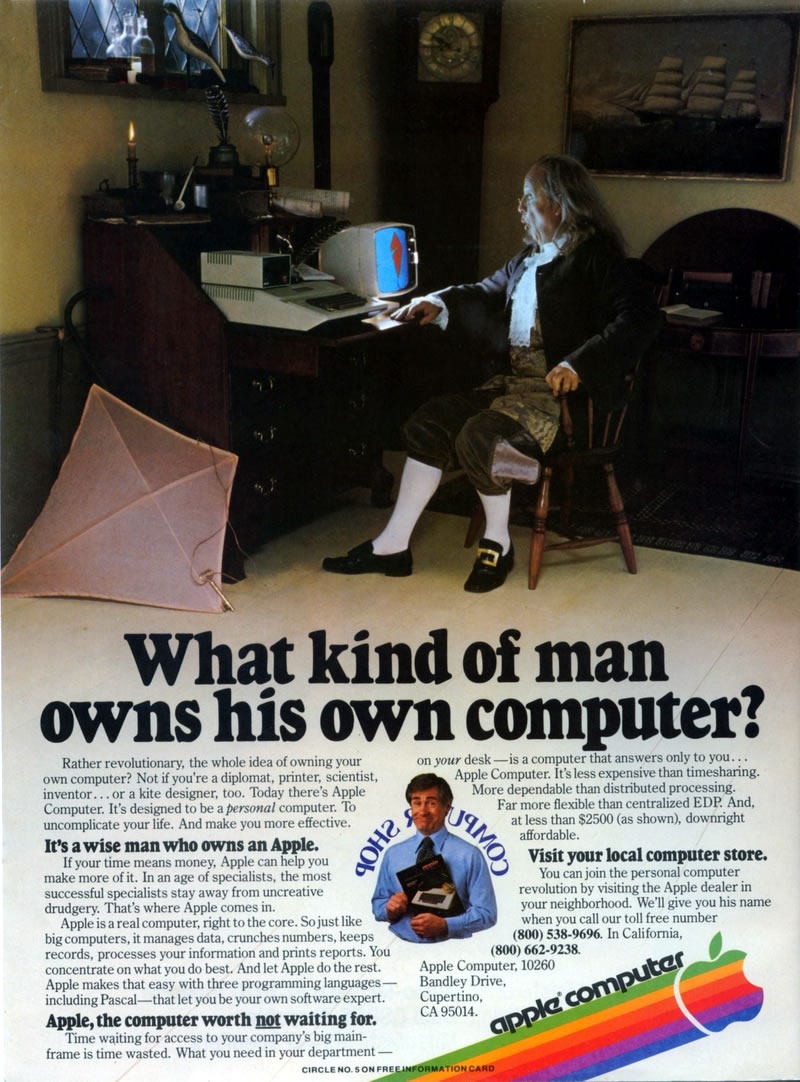22 Practicing Deconstruction
Now that you’ve learned about structuralism and deconstruction, practiced deconstruction with “The Glass Mountain,” and reviewed some examples, you will complete a theoretical response to a text using deconstruction as your approach. You will read three different texts below. Choose one text and respond to the questions in a short essay (500-750 words). I have included questions to guide your reading. You may choose to respond to some or all of these questions; however, your response should be written as a short essay, and you will need to come up with a thesis statement about your chosen text. Post your short essay as a response to the Deconstruction Theoretical Response discussion board. I have included the theoretical response assignment instructions at the end of this chapter.
Checklist for Deconstruction
Remember, when using the deconstruction approach, the goal is to closely examine the text itself and look for ways in which the text undercuts its own stated or preferred meaning. You’ll do this by looking for binary opposites, differance (how the text contains its own contradiction), arbitrary meanings, and how one pair of binary opposites is privileged over the other.
-
Identify the oppositions that are present in the text.
-
Determine which member of the binary opposite pair seems to be preferred by the text.
-
Look for evidence that contradicts this preferred or favored meaning.
-
Expose how this evidence undercuts the text’s meaning.
You should also consider things like form and genre. Make sure you understand what the text’s stated or preferred meaning is before you start to look for the gap between that stated meaning and what the text actually says.
1. Death, be not proud (1633)
Questions
- What is the form of this poem? What type of poem do we traditionally associate with this form (think of Shakespeare or Petrarch)? How does the choice of this form complicate our interpration of this poem?
- What assumptions do we have to have in order to make the claim the poem is making? Look closely at the last line. How could this line be used to turn the poem’s stated meaning against itself?
- Who is the poem’s audience? How does the stated audience differ from the real audience? How does our knowledge of the real audience affect our reading of the poem and what it is trying to accomplish?
- Find one line in the poem and look for contradictions within that line. For example, line 9 says that “Thou art slave to fate, chance, kings, and desperate men.” But if the stated audience is death, why is this line problematic? Can someone be a slave and also be dead–or be Death? (Steven Lynn, Texts and Contexts, p. 140).
2. “The Negro Speaks of Rivers” (1926)
I’ve known rivers:
I’ve known rivers ancient as the world and older than the
flow of human blood in human veins.
My soul has grown deep like the rivers.
I bathed in the Euphrates when dawns were young.
I built my hut near the Congo and it lulled me to sleep.
I looked upon the Nile and raised the pyramids above it.
I heard the singing of the Mississippi when Abe Lincoln
went down to New Orleans, and I’ve seen its muddy
bosom turn all golden in the sunset.
I’ve known rivers:
Ancient, dusky rivers.
My soul has grown deep like the rivers.
Questions
- How does the poem play with language and meaning? Explore how Hughes uses language in the poem. Are there any words or phrases that have multiple meanings or connotations? How do these linguistic ambiguities challenge conventional interpretations?
- What binary oppositions are present in the poem, and how are they subverted? How does the poem blur the boundaries between these opposing concepts or disrupt traditional hierarchies associated with them?
- What role does time and history play in the poem? Examine how the poem addresses the concept of time, from ancient rivers to the present. How does it disrupt linear notions of time and history, and what implications does this have for the poem’s meaning?
- What are the implications of the “I” in the poem? Investigate the identity of the speaker (“I”) in the poem. How does the poem deconstruct the idea of a fixed, stable self or subject? Does the “I” represent a collective identity, and if so, what does this say about the fluidity of identity and subjectivity?
Source: https://chat.openai.com/share/1da499ec-2c38-41aa-bc9c-fc0dd99351ef
3. Apple Computer Advertisement (1980)

Questions
- What is the most obvious statement this advertisement makes? What sorts of attitudes, feelings, and assumptions does the advertisement assume its audience has? What effect does it try to create?
- How could the advertisement undercut its own stated meaning? Does the advertisement do contradictory things?
- Which audiences or meanings are excluded or suppressed? Deconstruction insists that texts must exclude or suppress some meanings while privileging others. For example, the advertisement focuses on how the computer is easy to use, but it also states that you need to know three programming languages. And there are some people who are conspicuously absent both from the text and the images.
- Do you see anything arbitrary or absurd here? For example, how does the image of Ben Franklin work (or not work) in this advertisement?
Theoretical Response Assignment Instructions
Instructions
Grading
- 15 points: theoretical response
- 10 points: online discussion (5 points per response) OR class attendance.

